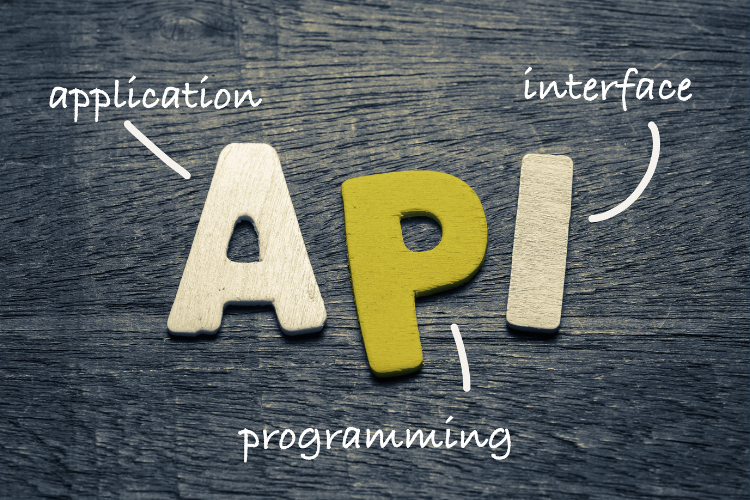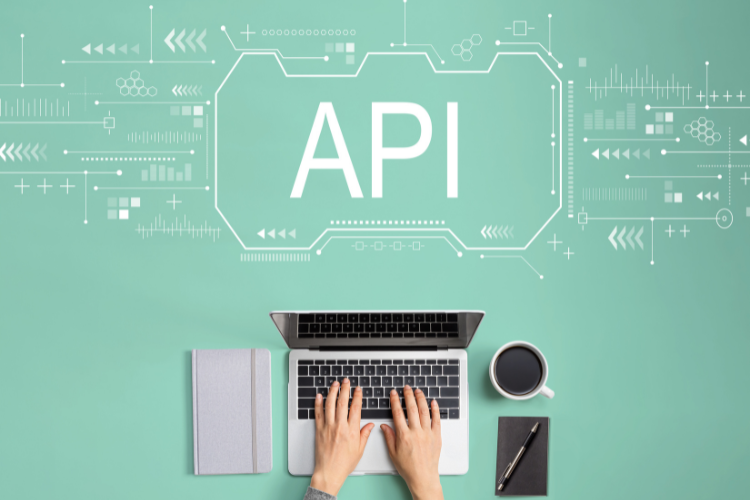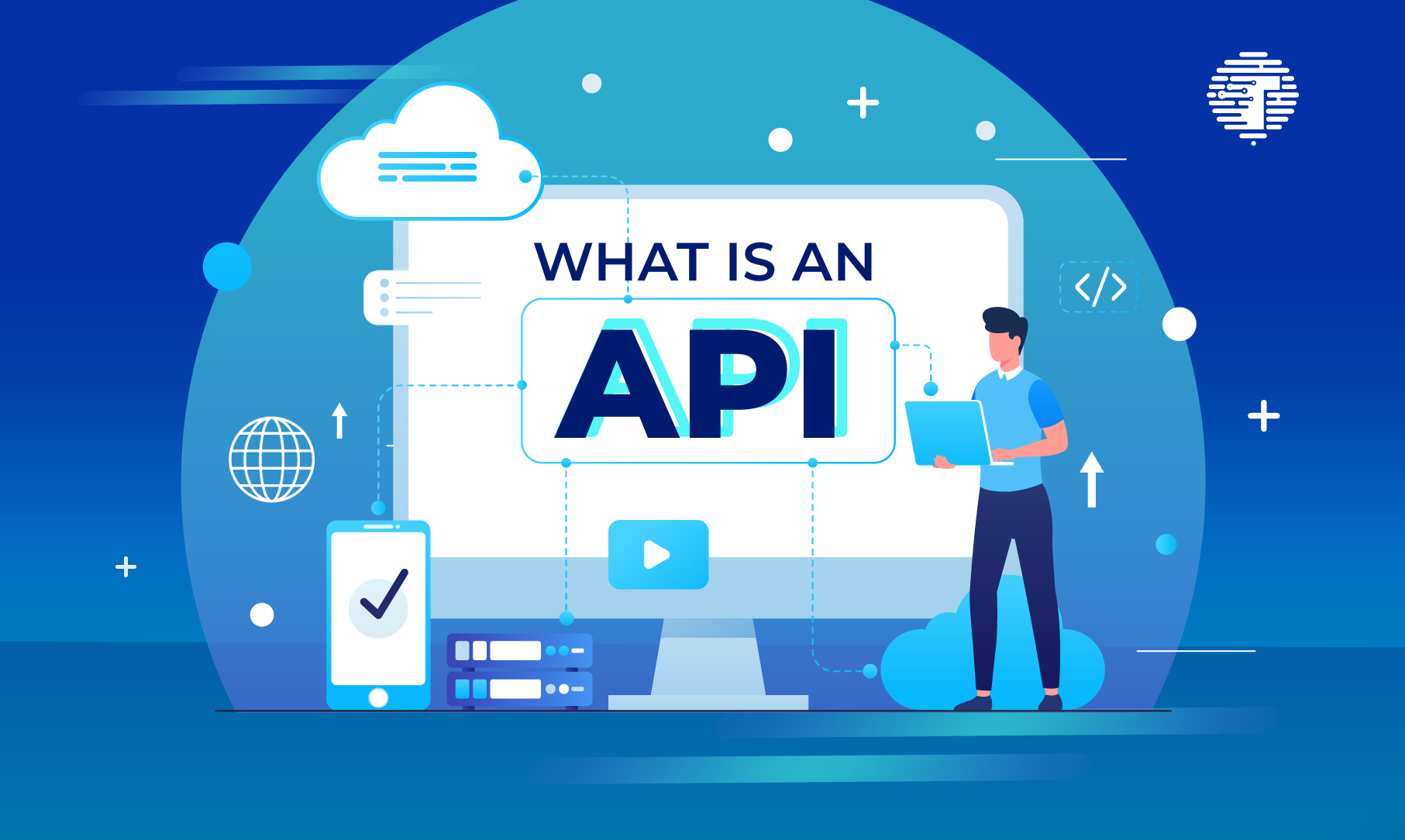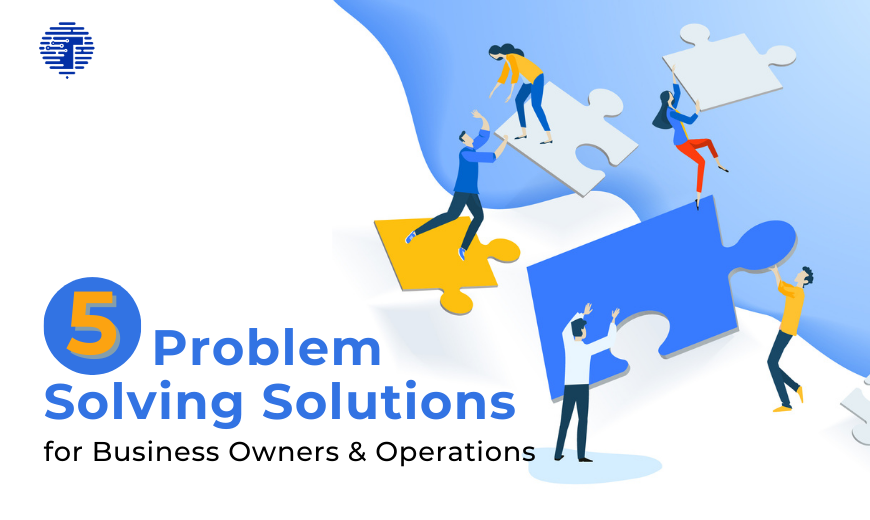Have you ever wondered how your favorite apps share data with each other? Or how you’re able to book a hotel room or order rideshare directly from an app? The answer is: APIs.
In this article, we’ll take a look at what APIs are, how they work, and how you can use them to create integrations between different applications. We’ll also explore some of the challenges of API integration and look at how you can overcome them.
What are APIs?

API stands for Application Programming Interface. It is a set of rules and protocols that allow software programs to communicate with each other. APIs are used when data needs to be accessed from a remote source, such as a web-based service.
Examples of common APIs
API’s allow software developers to bridge the gap between different systems. Some typical examples of APIs we build for our partners are:
- Linking third-party Stock Management Systems with an E-Commerce platform like Shopify, Magento or WooCommerce;
- Linking accounting systems like Quickbooks, Xero or FlowAccount to payment processors like Stripe or Omise to automatically confirm incoming and outgoing transactions;
- Using Facebook APIs to schedule and post content from third-party social media content management tools like Hubspot or Canva;
- Connecting cryptocurrency wallets such as Metamask to web-based applications such as exchanges or NFT marketplaces;
- Add location data or directions to your website or application using Google Map APIs.
- Linking a 3PL/Fulfilment service (i.e. ShipBob) with accounting software (i.e. Xero) & Ecom platform (i.e. Shopify)
Click here to see the API examples
How do API’s work?
Working with APIs can be divided into two parts: making an API request and handling the API response.
- What is an API request?
An API request is a request made to a remote server in order to retrieve data or perform an action. The request is made using a specific URL format, which includes the API endpoint and any parameters that need to be passed to the API.
- What is an API response?
The API response is the data that is returned from the server in response to an API request. The format of the data will vary depending on the API, but it is usually in JSON or XML format. This data can then be used by the client application to do something useful, such as displaying the data to the user or performing some other action.
For example, when you book a hotel room on a travel app, the app will use an API to send a request to the hotel’s booking system. The booking system will then check availability and send a response back to the app. The app can then confirm the booking and show you the details.
What are the benefits of using an API?

There are many benefits to using APIs, including:
- Increased efficiency: APIs can automate tasks that would otherwise need to be done manually, such as retrieving data from a database.
- Improved data quality: APIs can help to ensure that data is consistent and accurate by providing a single source of truth.
- Reduced costs: APIs can save you time and money by eliminating the need to develop and maintain your own infrastructure.
- Increased flexibility: APIs can give you the ability to quickly change or add features to your application without having to make changes to the underlying code.
What is API Integration?
API integration is the process of connecting two or more separate systems together using APIs. This can be done for a variety of reasons, such as to share data between systems or to allow one system to access the functionality of another system.
How to integrate APIs?
Integrating APIs can be a bit of a challenge, but there are a few things you can do to make the process easier.
- Choose the right API
The first step is to choose the right API for your needs. There are a lot of different APIs out there, so it’s important to find one that will meet your requirements. You should also make sure that the API is well documented and that there is good support available.
- Understand the API documentation
Once you’ve found the right API, the next step is to understand the API documentation. This documentation will contain all the information you need to know about how to use the API. It’s important to take the time to read through this documentation so that you know what you’re doing.
- Authenticate the API
The next step is to authenticate the API. This is usually done by providing an API key, which is a unique identifier that allows the API to identify the request as coming from a particular client. Once you have an API key, you can add it to your request so that the API can process it.
- Make the API call
Once you’ve authenticated the API, you can make the actual API call. This is done by sending a request to the API endpoint using the URL format described in the API documentation. The API will then process the request and return a response, which will contain the data you requested.
What are the challenges of API Integration?
There are a few challenges that you may face when integrating APIs into your system, such as:
- Security: When you are integrating an API, you are essentially giving another system access to your data. This means that you need to be sure that the API is secure and that your data will not be compromised.
- Rate Limiting: Many APIs impose rate limits on the number of requests that can be made in a given period of time. This can be a problem if you have a lot of data to transfer or if you need to make frequent requests.
- API Documentation: Not all APIs have good documentation. This can make it difficult to understand how to use the API and integrate it into your system.
Conclusion
In this article, we’ve looked at what they are, how they work, and how you can use them to create integrations between different applications. We’ve also explored some of the challenges of API integration and looked at how you can overcome them.
At Trienpont, we have a team of experts who can help you with all aspects of API integration, from planning to implementation to ongoing support.
You don’t have to worry about the hassle and the stress that comes with managing a team of software developers. We will help you every step of the way so that you can focus on your business goals.
Contact us today to learn more about how we can help you take your business to the next level by integrating and automating your workflows!





